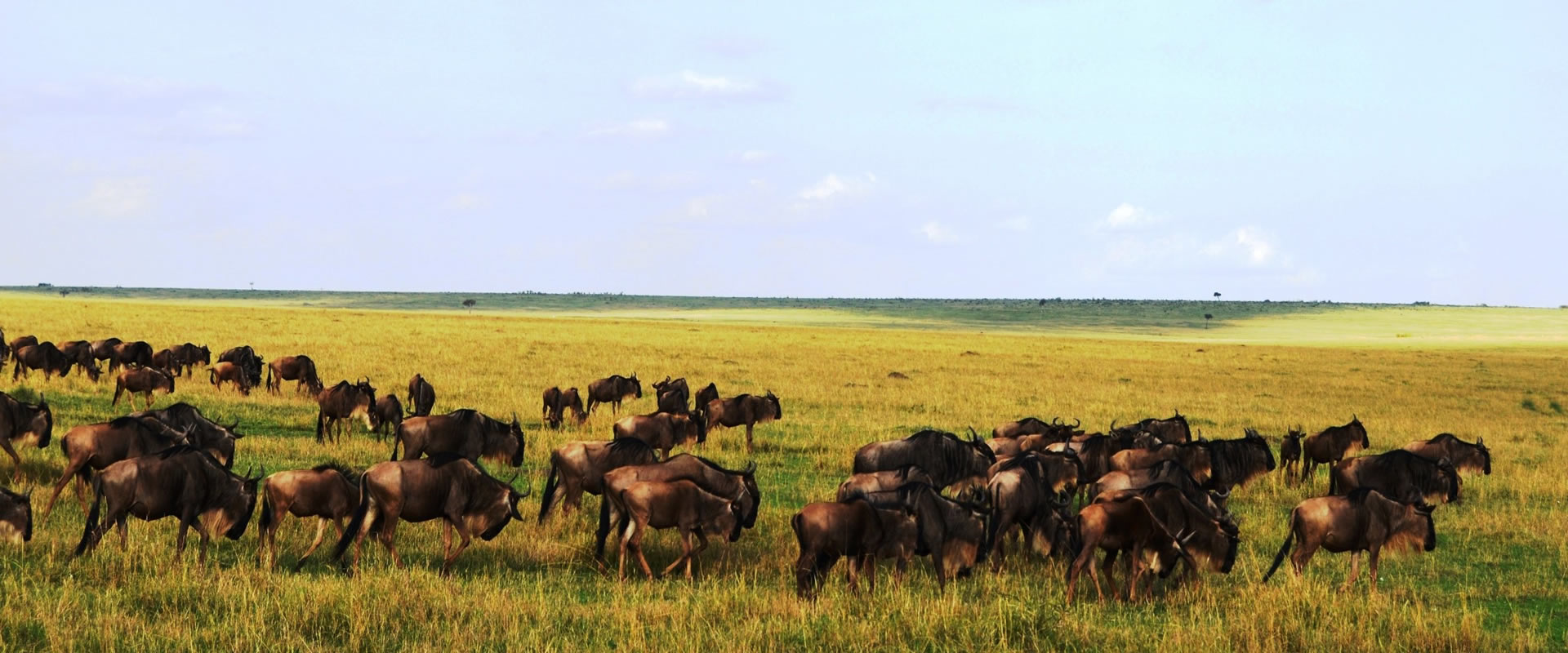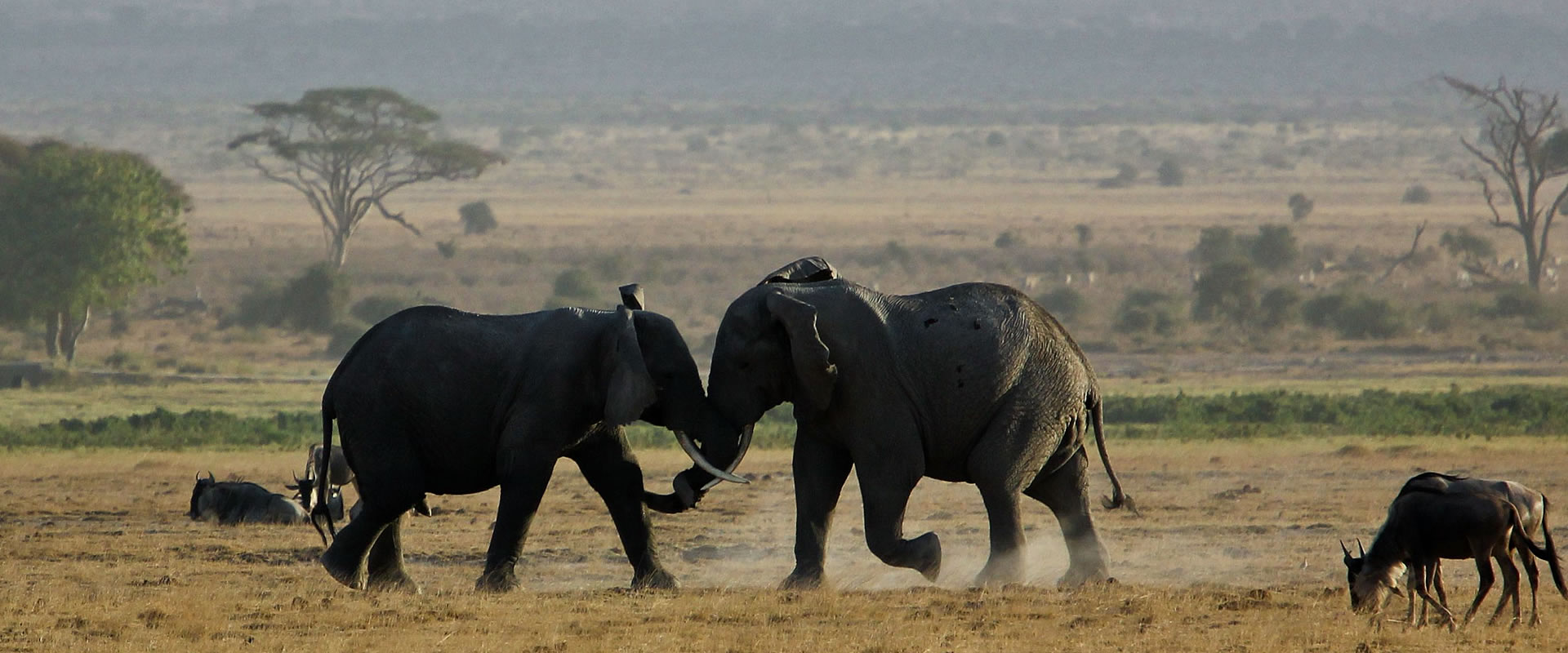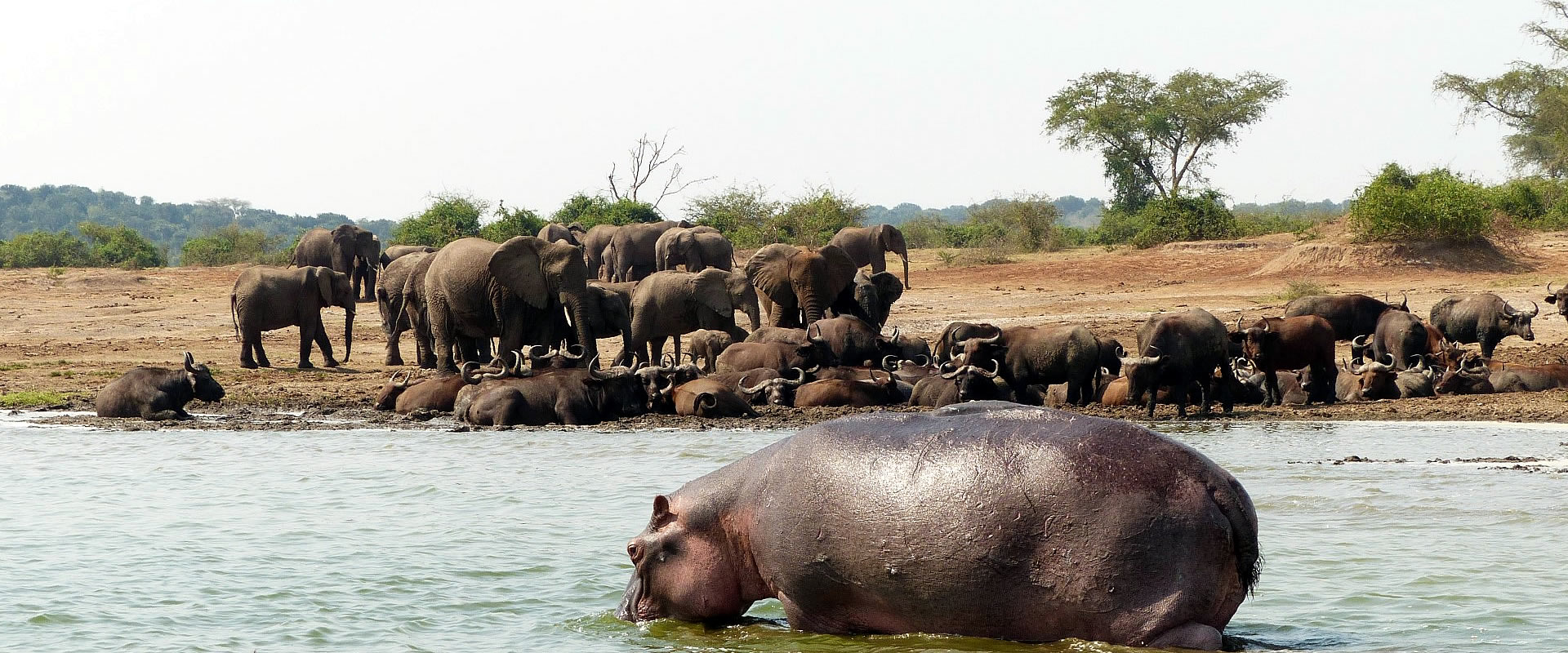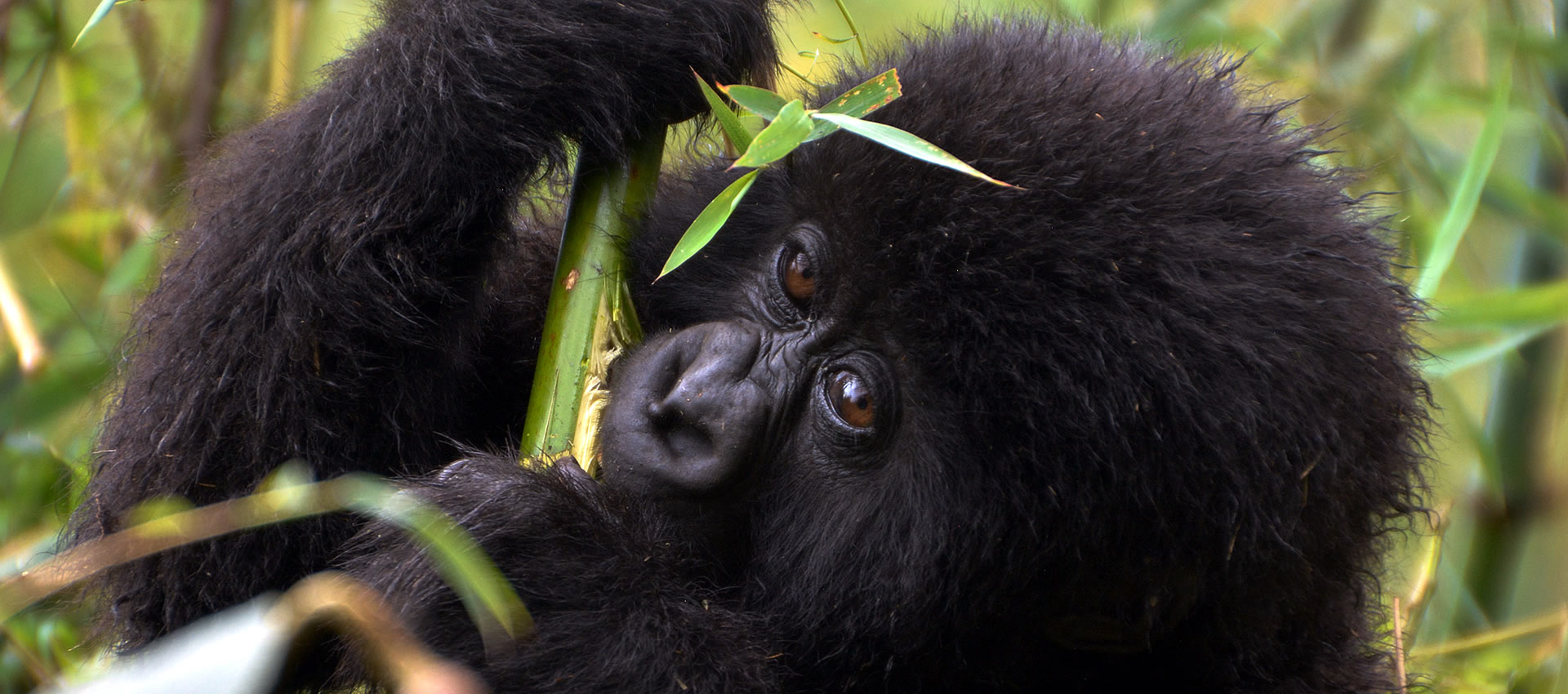Background Information
Ruaha National Park is the second largest national park in Tanzania, after the Serengeti. It is a remote bastion of spectacular wilderness, undisturbed wildlife, and breath-taking scenery and also combines well with the Selous Game Reserve. A major attraction here is the fact that it is one of the least visited parks offering a personal and private safari experience.
Ruaha offers one of the largest populations of elephant in any African park, and the vast open areas are teeming with antelope and buffalo followed by the predators especially lion and potentially leopard, as well as African hunting dog and numerous giraffe and zebra.
Historically, Ruaha was not a sought after destination for tourists due to the arid environment and the tsetse fly population; however, nowadays, the tsetse flies are under control and wildlife abounds. The best part is that it is still an uncrowded and undiscovered reserve
What to see and do
Ruaha National Park is home to an enormous variety of animals, plants and birds with an estimated 20 000 elephants in the park. The birding is spectacular with a recorded 530 different species of birds, which is almost half of all bird species found in Tanzania.
The park has one of the biggest counts of large mammal species compared to any other park, as well as having the second largest population of wild dog in Africa. The park's wildlife includes elephant, huge herds of buffalo, giraffe, zebra, impala, eland, hippo, crocodile, lion and leopard. Sable antelope can sometimes be seen in the Miombo areas and in the springs in the Western part of the park. Roan antelope are also sometimes seen in the eastern area of the park.
In Ruaha, guests can enjoy superb walking safaris with an armed guides from one of the lodges and gain huge insight into the ecology of the area. Classic game drives take place on a daily basis and guests will find there are not many other visitors in the park at one time.
Where to find Ruaha National park
Climate
Ruaha National Park has a bimodal pattern of rain forest; the short rainfall season begins November to February, while the long season is between March and April. The annual mean rainfall ranges between 500mm-800mm with the average annual temperature of about 280c. The park experiences its dry season between June and October when the temperature at Msembe headquarter reaches 350c.
Top Select Destinations in East Africa
Where to go, What to do while on Safari
Global Presence and Sales Support
Nairobi
Mirage Plaza, 3rd Floor
P.O. Box 26551-00100, Nairobi.
+254 721 281538
info@alltimesafaris.com
www.alltimesafaris.com
ASEAN Sales Office
Represented by MGW DMC Network
BG-01-01, Megan Ambassy
225, Jalan Ampang, 50450 Kuala Lumpur, Malaysia
MGW DMC Network is a division of MagaBorneo Tourism & Leisure Sdn Bhd
ASEAN Representative
Khirul Zainie,
Director of Marketing
ASEAN Countries.
khirul@alltimesafaris.com
khirul@megaborneotourism.com
khirul@mgwdmc.com
WhatsApp: +60 11 25487800
Facebook | View our Packages






